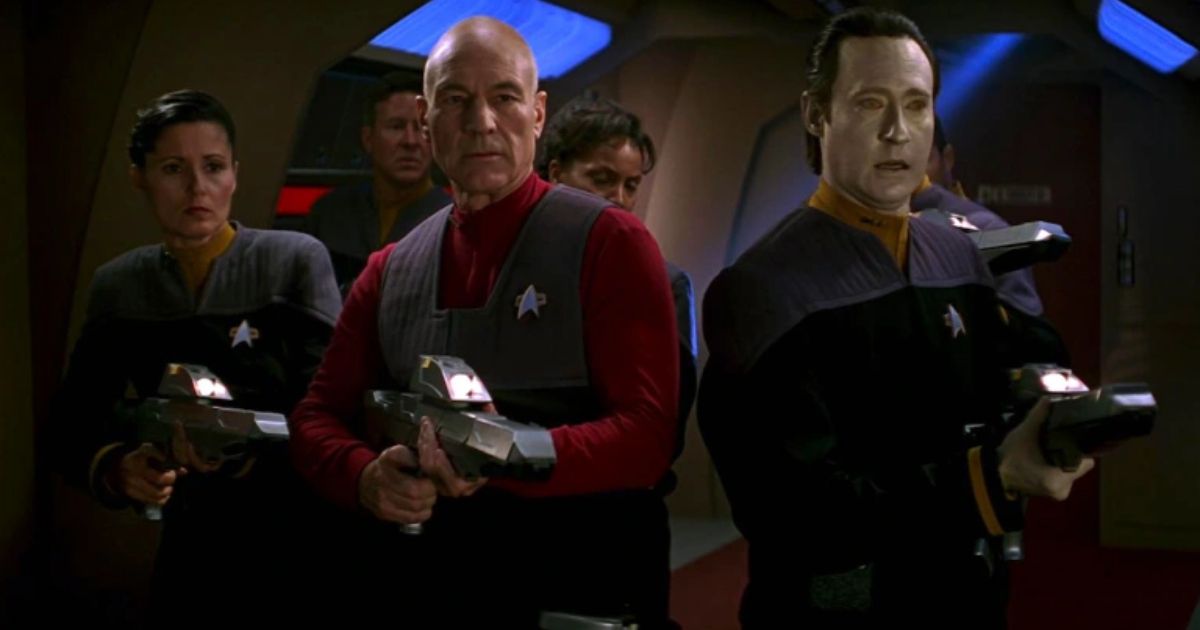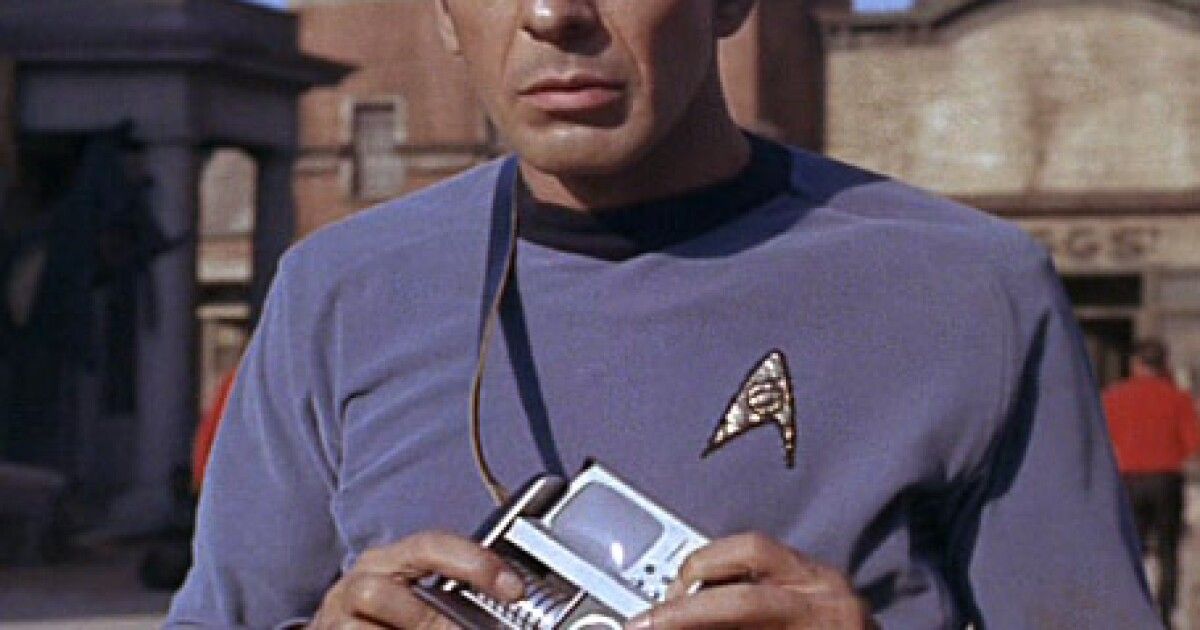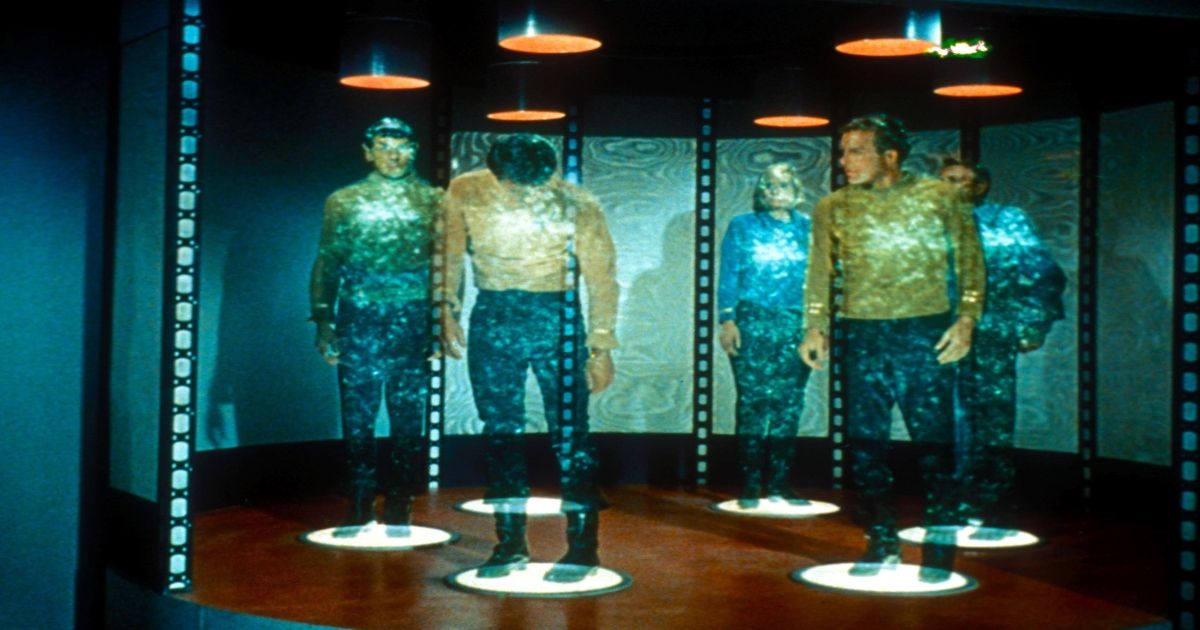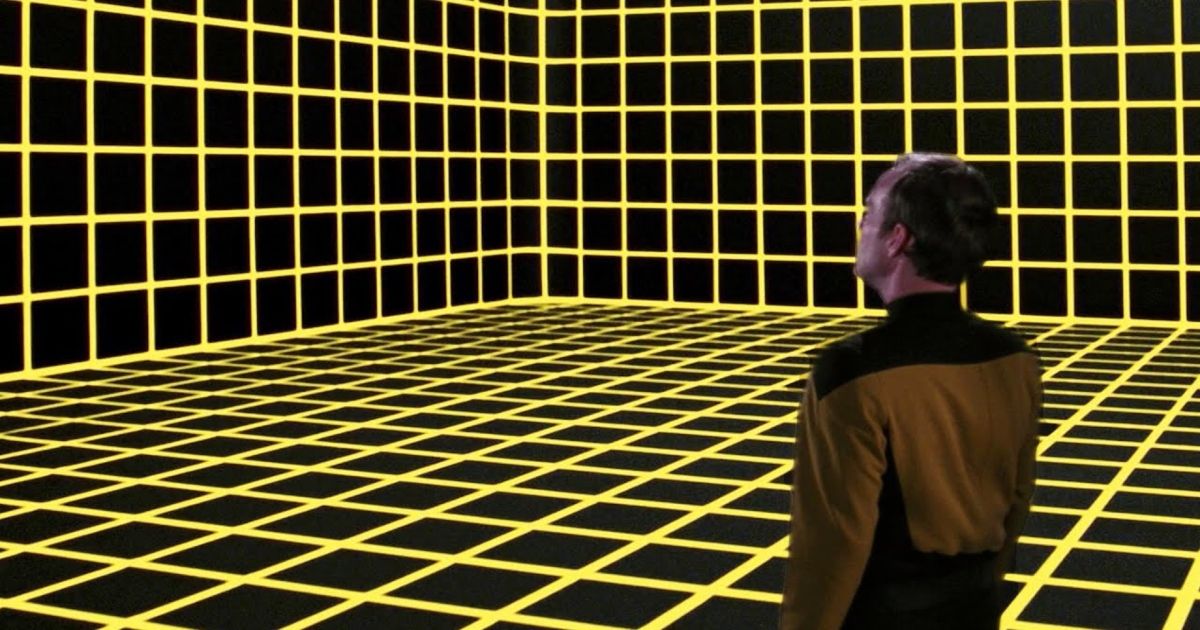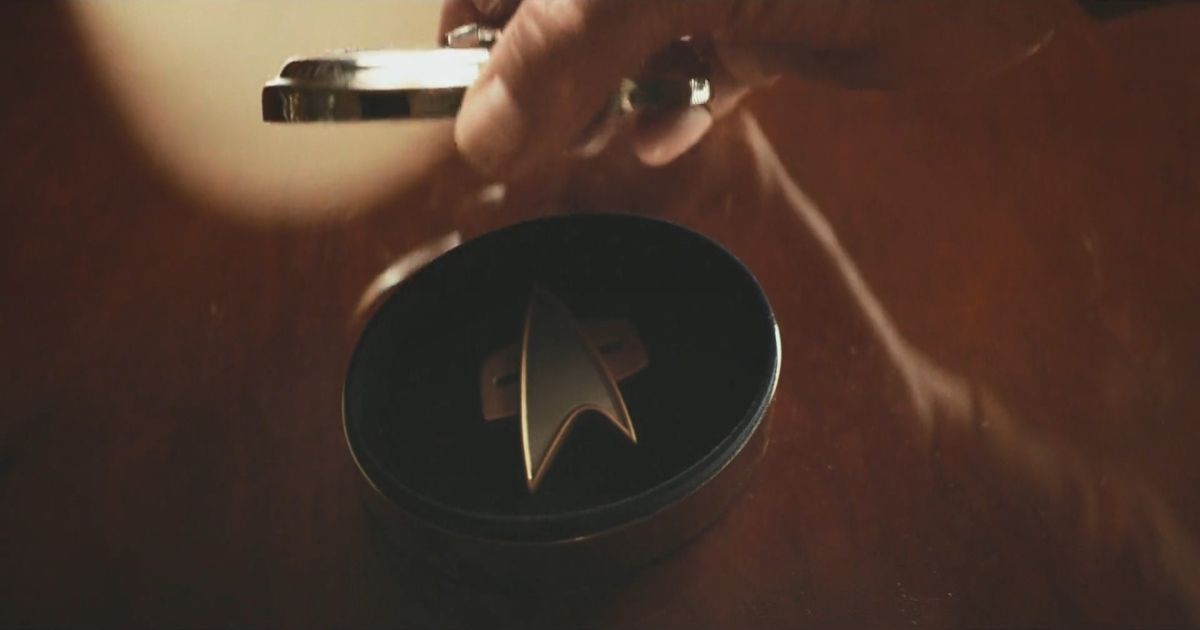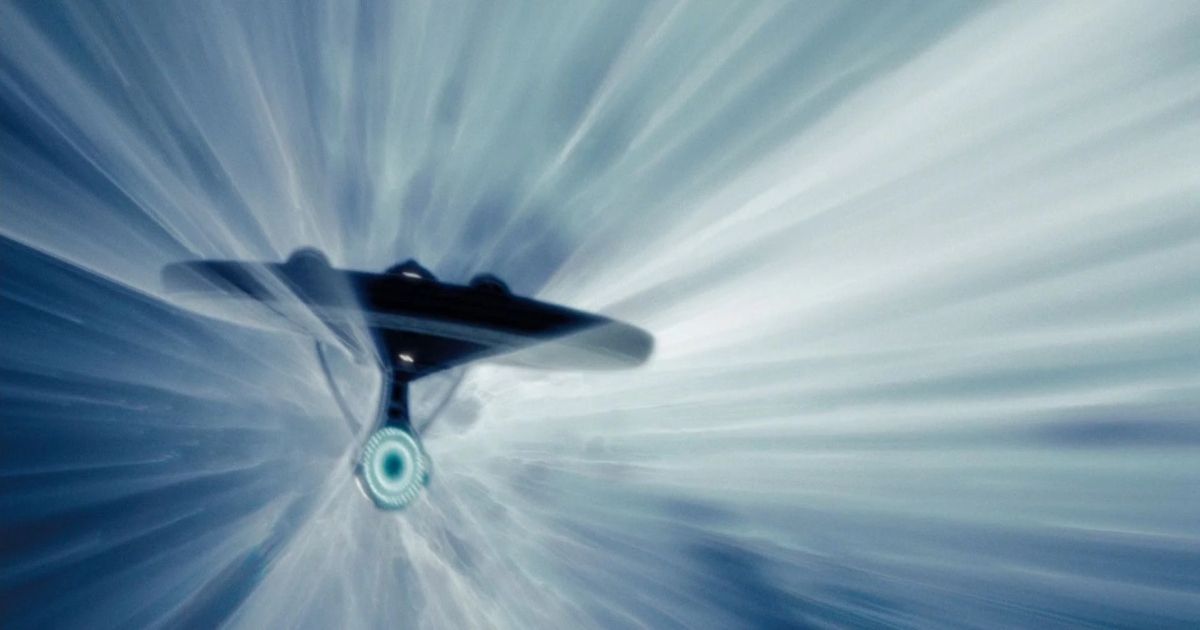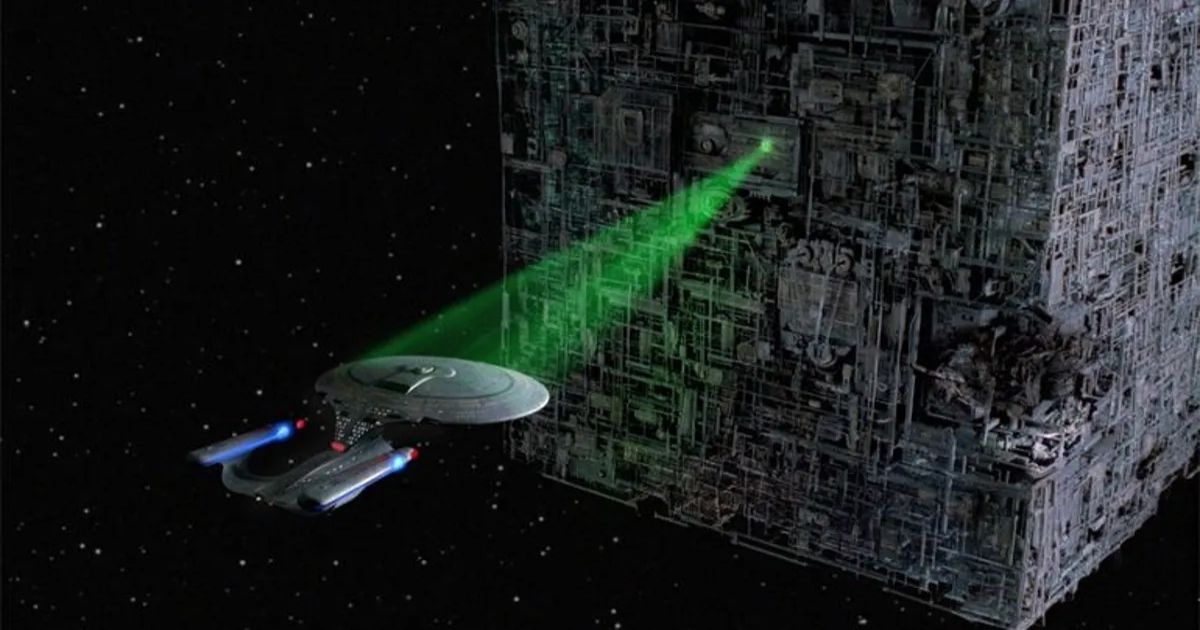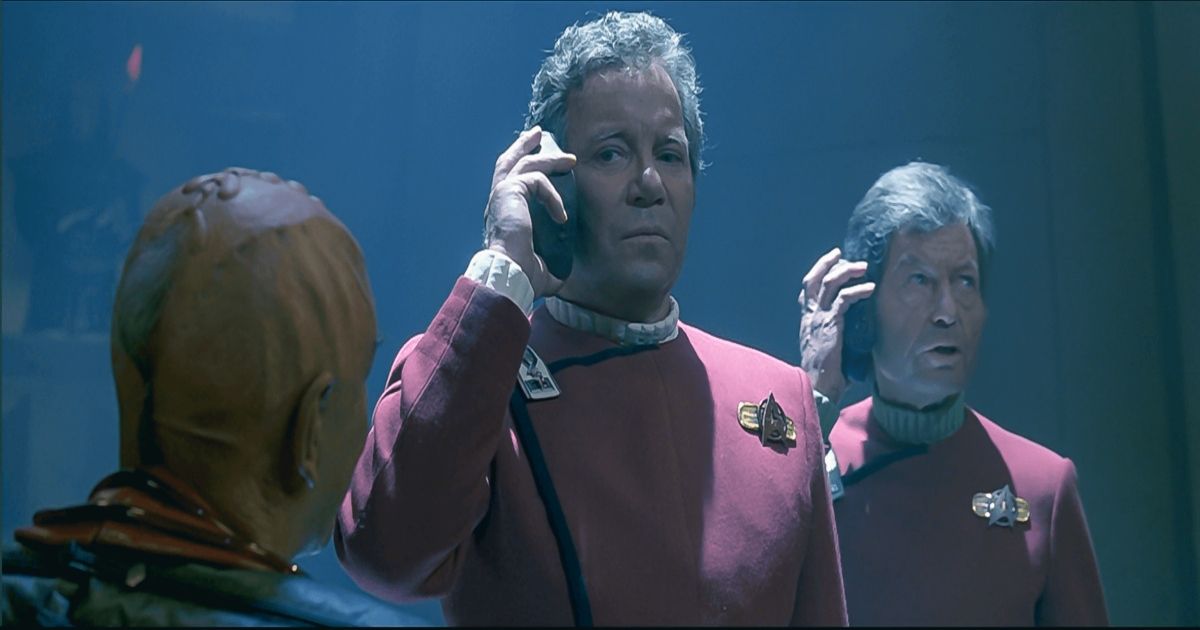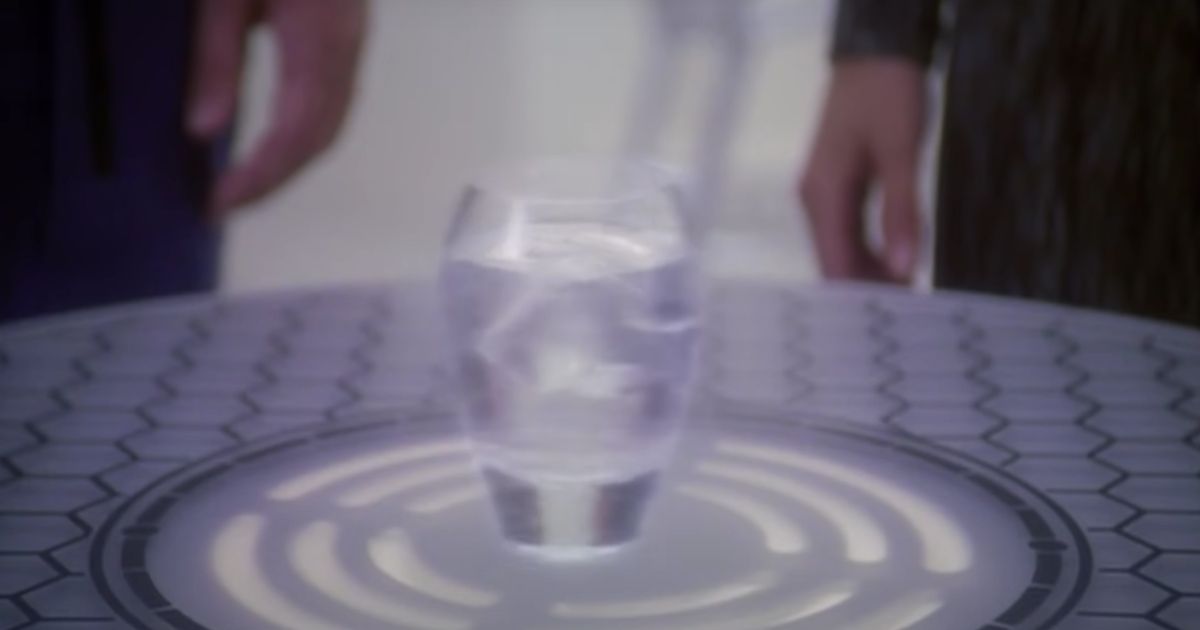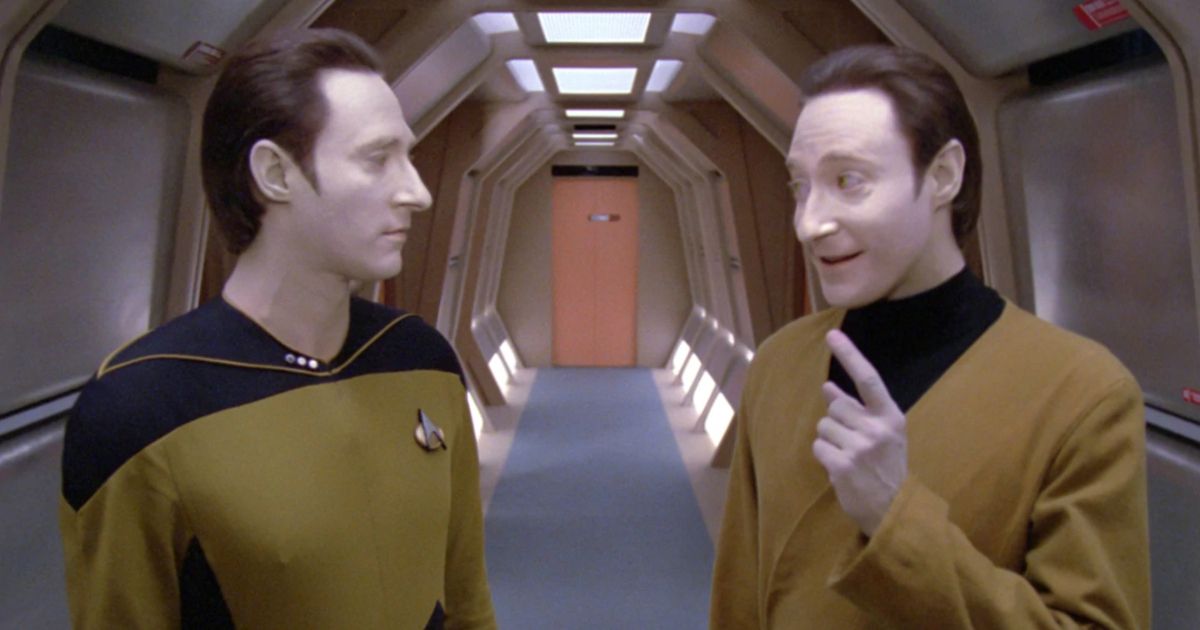The Star Trek universe is full of high-tech gadgets that defy physics, bend reality, and get you to far away places really, really fast. From holodecks that recreate historical situations, to universal translators that allow you to hear an alien language in your own tongue, the tech in Star Trek can only be described as one thing; magical. One of the most interesting things about the Star Trek franchise is how it bases the science fiction of its world on science fact. It's not too far-fetched to imagine a day, perhaps centuries in the future, where most of this tech can be fully realized in one way or the other. With that in mind, here are eleven gadgets from the Star Trek universe that we wish were real, and who knows, maybe one day they will be.
11 The Phaser
An energy weapon that has the ability to modulate its damage output, the phaser is a piece of Star Trek tech that defies the realm of modern physics. While advancements have been made in the use of energy weapons in recent times, a true weapon capable of sending out charged particles of light or plasma with any sort of consistency are still generations beyond us. In Star Trek, phaser energy can be handheld, portable, or utilized in larger systems like the phaser arrays seen on advanced starships like the Enterprise. In service among Starfleet personnel since the 23rd century, phaser weapons can be adapted for close combat use, or large scale space conflicts. While Starfleet is not the only power in Star Trek with access to phaser weapon technology, they stand as one of the more ethically conscious powers that utilize it for combat, granting stun capabilities for smaller threat incursions, that some contemporaries, like the Klingons, see little use for.
10 The Tricorder
The Swiss army knife of functionality, the tricorder is like having the capabilities of an entire hospital in the palm of your hand, and then some. Tricorders have the ability to heal minor scrapes and wounds nearly instantaneously, administer life-saving drugs, or inoculate against harmful viruses or radiation at the press of a button. But their utilizations are not just contained to the medical arts. Tricorders can also be used as scanners, revealing cloaked targets, or hidden signals otherwise hidden to Starfleet officers, and as archeological tools designed to unearth long-buried civilizations, or cryptic messages. In our modern world, tricorders are more like science fact than science fiction, with real life manifestations that can scan for radiation, serve as spectrometers, or even help patients diagnose medical ailments, albeit in a more specialized function.
9 The Transporter
Beam me up, Scottie! The legendary words of Captain Kirk to his chief engineer officer, Mr. Scott, in the original Star Trek series are forever ingrained in the psyches of Trek fans spanning multiple generations. The transporter has the power to instantaneously beam Starfleet officers, soldiers, and captains to other ships and worlds. Near-instant travel would revolutionize the modern world, eliminating the need for most point-to-point transport, and making cars, trains, and airplanes nearly obsolete. In recent times, scientists have had limited success transporting materials instantly from one destination to the other, focusing on inanimate objects or quantum entangled particles. In truth, transporting living, breathing matter across any distance still remains a step above our current capabilities, and the thought of having ones body taken apart molecule by molecule, then recombined together sounds more painful than even the tech of Star Trek can account for.
8 The Holodeck
In Picard, captain Jean Luc Picard, one of the most legendary captains of all time, uses the holodeck to recreate his family vineyard, and find solace in his ancestral heritage. We see this kind of use across the entire scope of the Star Trek franchise, and of all the Star Trek gadgets; perhaps the holodeck is the one that inspires the most imaginative uses. From exotic destinations that officers can only dream of while serving on Federation Starships, to reenacting famous time periods in history, or even training for combat, the holodeck is a multi-function gadget that would change the modern world if realized in our times. In the more advanced eras of the Star Trek timeline, holograms can be used to defend ships, and even cause physical damage to organic lifeforms. In the real world, we see the first inklings of this technology in use, from three-dimensional billboards that defy our sense of reality, to virtual concerts of past legends that appear all too real to be believed. Still, the holodeck of Star Trek remains light years ahead of our current mark, even as our modern day sciences make warp-like advances.
7 The Starfleet Badge
The Starfleet badge is an iconic symbol of excellence, honor, and the advancement of the human experience across the cosmos. Instantaneous communication, and the ability to track any one individual across space and time is an incredible feat of scientific know-how, and perhaps one gadget that's most closely aligned with our modern day capabilities. It's not hard to relate the abilities of the Starfleet badge to the modern day cellphone, with its ability to triangulate location and send transmissions around the globe. While not instantaneous, the transmission of data in our world is limited to the speed of light. In Star Trek, this cosmic speed limit seems to have been surpassed by savvy tech and the manipulation of physics, that while not insurmountable by current theories of our world, remains elusive to our current understanding of the cosmos. Only time will tell if we can bridge this gap between the fictional world and the factual one, but of all the gadgets in the Star Trek armory, this one seems the most attainable.
6 Warp Drive
The world of Star Trek is full of warp-capable starships that defy physics, and travel faster than light to distant worlds and civilizations. What at first might seem like a convenient plot device meant to suspend our disbelief in a universe of politicking intergalactic civilizations, warp drive actually has its basis in real science, and is underpinned by theories that could result in faster-than-light travel one day. With the reality that the distant light of stars takes millions and billions of years to travel space-time and register in our telescopes, it's clear that the world of Star Trek depends on starships traveling quicker than the limits allowed by physics, even to make sense. Hence, why having a warp drive in our times would be a monumental game changer that would shake the very foundations of human exploration forever. If we could somehow figure out a way to go faster than light, and break the cosmic speed limit, maybe we could stake our place in the universe the same way that Starfleet has.
5 Tractor Beams
A long-held staple of the science fiction genre, tractor beams in Star Trek would revolutionize our modern world. In Star Trek lore, tractor beams are most often utilized to secure other spacecraft, or tow disabled craft to safe harbor, and in some cases, assist in combat operations against hostile craft. While the Federation is one of the more moderately advanced civilizations in Star Trek, other races, like the Borg have even greater tractor beam capabilities, and use it to devastating effect against Federation starships, draining shields and inflicting damage simultaneously. In our times, tractor beam technology would revolutionize the world, allowing us to tow objects through space, and vast distances almost effortlessly. It would also be useful defensively, perhaps serving as a missile shield capable of protecting vital resources, or military installations from attack. We are far away from any real life tractor beam of Star Trek scale, but advances have been made using sound waves to control physical matter; perhaps it's just a matter of time.
4 Universal Translators
Civilizations across Star Trek have developed universal translators to communicate with one another in real time, leaping over the evolutionary barriers of alien languages developed across thousands of different worlds. The universal translator in Star Trek is useful in diplomatic missions, during peacetime and war, but is taken for granted in many instances. We hardly even recognize the tremendous amount of technology that would go into developing such a capability, and its use in Star Trek spans over a hundred years of development, leading to its widespread adoption, and standard issue in Federation starship communications. In real life, a universal translator would truly change the world, allowing people from all over the globe to instantly communicate with one another seamlessly. This tech, while remarkable, is not as far-fetched as it sounds however, with modern advances building on the capability to translate multiple languages in real time, and allow for near instant communication.
3 Replicator
We've all witnessed the crew of multiple Federation starships command the replicator to create food, beverages, parts, or devices in an instant. With the ability to manipulate matter on a quantum scale, the replicator, quite understandably, stands as one of the most important bits of technology in the Star Trek universe. Without this tech, intergalactic travel at the scale of the United Federation of Planets would be impossible, and notably, could single-handedly explain the advancement of human civilization to the point where jobs became a thing of the past. A replicator with the ability to conjure food, medicine, parts, or other vital materials instantaneously would revolutionize our world, and quickly bring a resource dependent economy to its knees, something that Earth, in the times of Starfleet, had already navigated through on its ascension to the exploration of stars.
2 Gene Augmentation
If you think gene augmentation is a touchy subject now, wait until you see the fireworks it inspires in future Star Trek eras. With all the tech at the disposal of humanity during the time of the Federation, one might wonder why armies of genetically modified super soldiers didn't overrun the galaxy, or conquer old age, or defy death itself. Well, it's not for lack of trying, if the Eugenics War of Star Trek lore is any indication. The domination of matter, space, time, and even the mastery of medicine itself should've been enough to inspire a genetic revolution, but the augmentation of humanity in Starfleet remains off limits. Even after conflicts with Khan, perhaps the most famous genetically modified human ever, the potential for gene augmentation remains a tempting premise in both science fiction lore, and the real world. With conflict surrounding the use of genetically modified humans highlighted in recent episodes of Star Trek: Strange New Worlds and Picard, this is an issue that continues to divide the political world of Star Trek. Still, god-like powers to augment humanity sure would be nice.
1 Androids
Like the use of genetics, the arguments surrounding the use of androids in Star Trek remain hotly contested. In modern Starfleet, the use of androids is strictly outlawed after a synthetic rebellion put the Federation on high alert. Data, the most iconic android of the Star Trek mythos, remains the golden example of the heights android technology can reach, having developed aspects of his humanity while serving on the Enterprise of the TNG era, and even sacrificing himself for his crew. In our times, a true synthetic life form would, rightfully so, inspire many of the same reservations and concerns that consume the politics of the Federation. Yet, no one can deny the possibilities on society that synthetic lifeforms would have, from creating an endless and expendable work force, to the exploration of consciousness in lifeforms created by the hands of humanity. With so much potential, androids are one gadget in Star Trek that both science fiction and science fact seem destined to tackle, one day.

